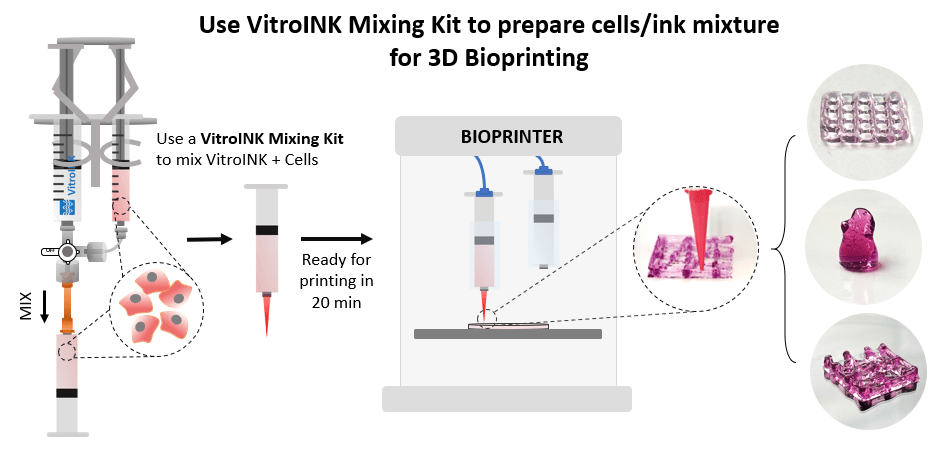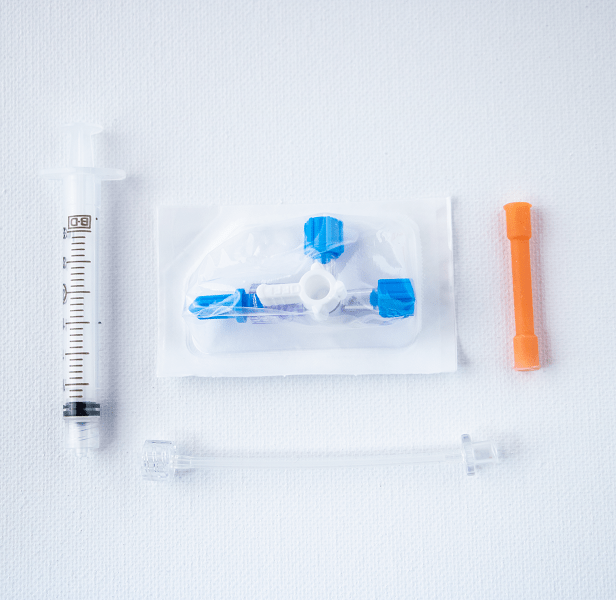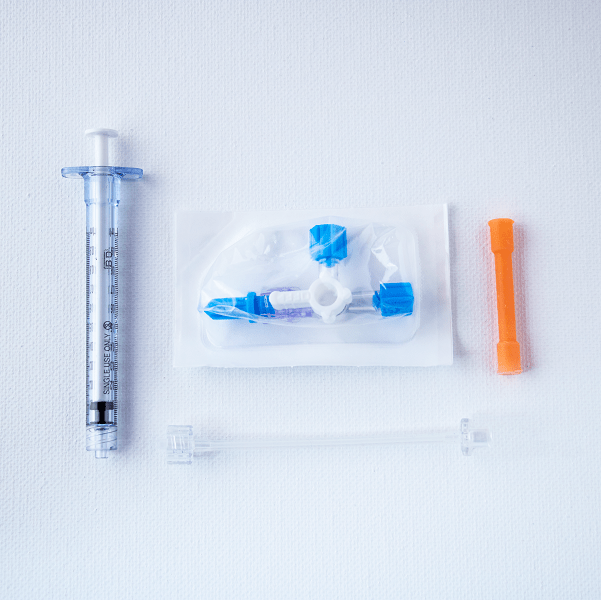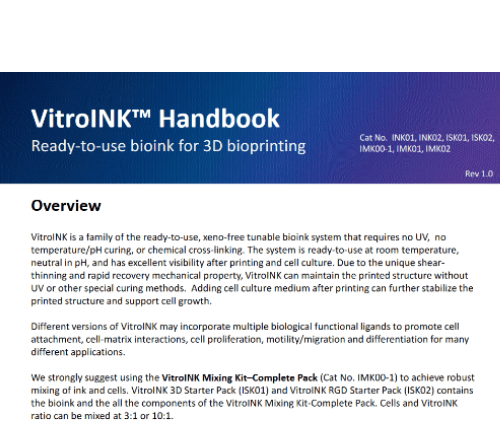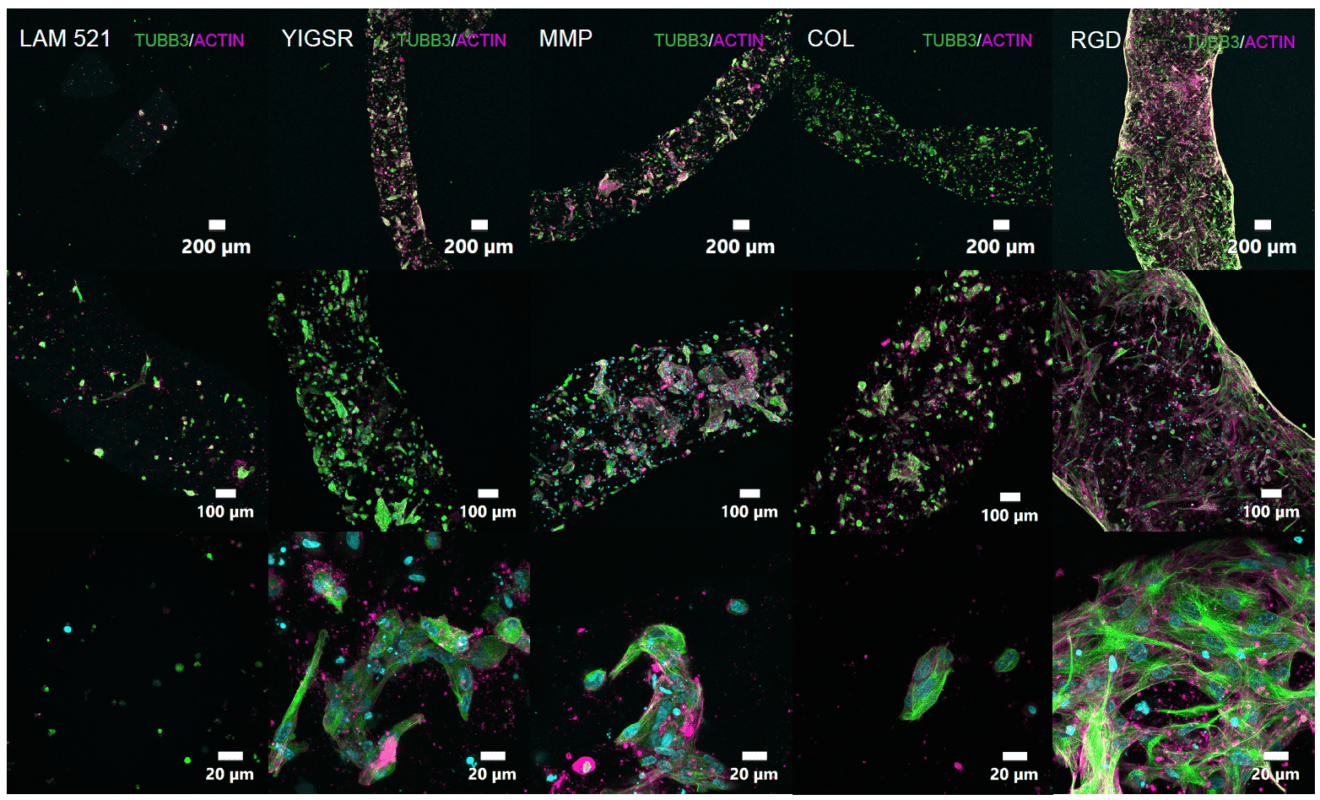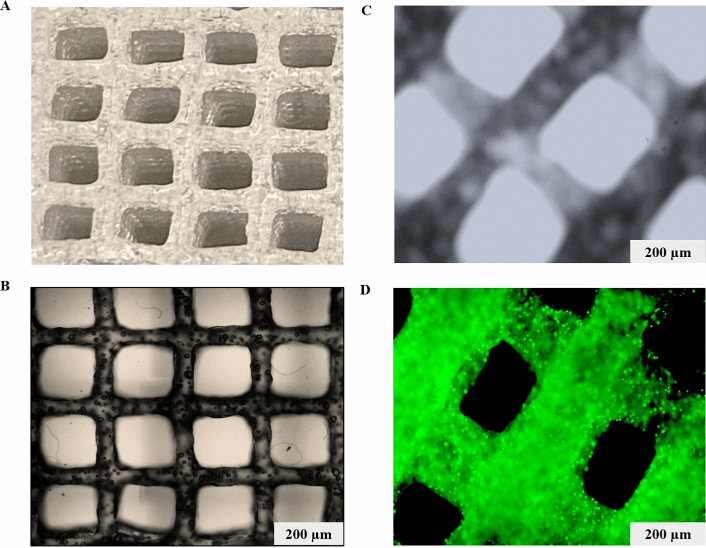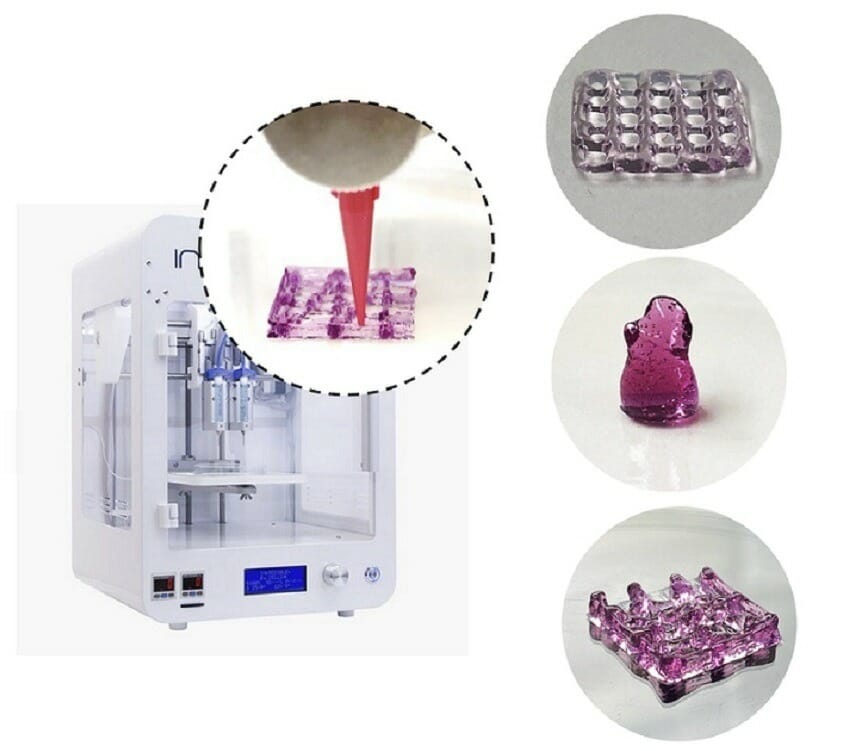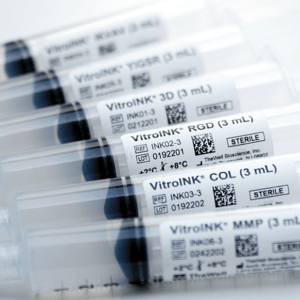Application Note
Functionalizing Xeno-Free VitroINK® Bioinks to Promote Cell-Cell Interactions Between Human-Induced Pluripotent Stem Cell-Derived Testis Cells for In Vitro Spermatogenesis
VitroINK® – Bioink Starter Kit
VitroINK (3 mL) + Full Mixing Kit with Cell Mixer Dispenser
VitroINK® – Bioink Starter Kit
VitroINK® Bioink Starter Kit contains both bioink and the complete mixing kit to prepare the cell bioink mixture for 3D bioprinting. The kit includes choice of bioink + the mixing kit:
-
- VitroINK 3D ( 3 mL) + VitroINK Mixing Kit
- VitroINK RGD ( 3 mL) + VitroINK Mixing Kit
- VitroINK COL ( 3 mL) + VitroINK Mixing Kit
- VitroINK MMP ( 3 mL) + VitroINK Mixing Kit
- VitroINK IKVAV ( 3 mL) + VitroINK Mixing Kit
- VitroINK YIGSR ( 3 mL) + VitroINK Mixing Kit
The VitroINK Mixing Kit includes a Cell Mixer Dispenser, 1 mL syringe, 3 mL syringe, connectors and mixing head to get you started.
VitroINK is a ready-to-use tunable bioink modified with functional ligands, and cell adhesive peptide, promoting cell attachment and cell-matrix interactions. This RGD modified bioink can enhance cell adhesion, proliferation, motility/migration, and differentiation in different applications.
VitroINK Mixing Kit was designed to provide a robust mixing of bioink and cells. Cells can be prepared with VitroINK for a 3:1 mixing ratio using the 3 mL syringe or a 10:1 mixing ratio using the 1 mL syringe. Put the VitroINK and cell suspension in the Cell Mixer Dispenser and gently press the mixture through the connector and mixing head to your bioprinter cartridge. Wait 10-20 minutes for the mixture to stabilize before printing. There is no UV, no temperature/pH curing, or chemical cross-linking for the VitroINK system. Simply adding cell culture medium to cover the printed structure can further stabilize and support cell growth. The bioprinted cells are ready for incubation.
- Need a customized bioink? Contact us for a quote.
- Need rheology data of VitroINK with your medium and mixture for publication? Check our data support service.
Kit Contents & Specifications
VitroINK
- Xeno-free tunable modified bioink.
- Ready-to-use at room temperature
- No UV, temperature/pH curing, or chemical cross-linking required
- Neutral pH
- Transparent. Excellent visibility after printing and cell culture
- Pre-mix with cells using the included VitroINK Mixing Kit
- Ships room temperature. Store at 2-8°C
- Size: 3 mL
VitroINK Mixing Kit
- Complete mixing kit. Includes:
(1) 1 mL syringe
(1) 3 mL syringe
(1) connector and tubing - (1) mixing head
- Sterile
- Use for 3:1 or 10:1 mixing ratio
- Size: 3 mL
Handbooks and Resources
Product Documentation
![]() Material Safety Data Sheet (MSDS)
Material Safety Data Sheet (MSDS)
Video Protocols & Demonstrations | Application Notes | Research Highlights | Webinars
Data and References

Figure 1. Rheological properties of VitroINK RGD under the time sweep and temperature sweep tests. A) The time sweep test of VitroINK RGD without or with 3:1 and 10:1 (v/v) mixing with DMEM medium. The elastic modulus was tested at room temperature and showed a feasible range for extrusion printing before incubation with cell culture medium. B) the elastic modulus and viscosity properties of VitroINK RGD under the temperature sweep testing (20 to 40°C). The elastic modulus and viscosity are relatively stable at 20 to 35°C. When temperatures higher than 36, the elastic modulus and viscosity decrease. The data indicate the VitroINK has a wide range of working temperatures and can be easily used at room temperature or physiological temperature.

Figure 2. Shear-thinning and rapid recovery property of VitroINK RGD. A) The shear-thinning property of VitroINK under the shear rate from 0.1 to 100 HZ. B) the amplitude sweep test shows the shear thinning and rapid recovery property of VitroINK under the shear strain change from 0.1 to 500% in two circles. With this unique shear-thinning and rapid recovery mechanical property, VitroINK can well maintain the printed structure after extrusion.
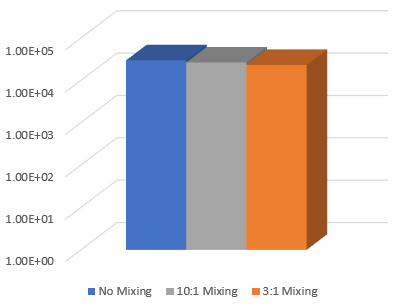
Figure 3. Gel strength of VitroINK RGD after adding cell culture medium and overnight incubation. The VitroINK RGD was mixed with the cell culture medium in different ratio and submerged in the medium for overnight incubating.

Figure 4. The printed line width of VitroINK RGD with 22G, 25G, 27G nozzle at different pressures and print speeds. The line width decreases as the print speed increases. At lower printing pressures, lines can only be printed continuously under low print speed. (VitroINK was printed by using Cellink INKCREDIBLE+ 3D bioprinter)
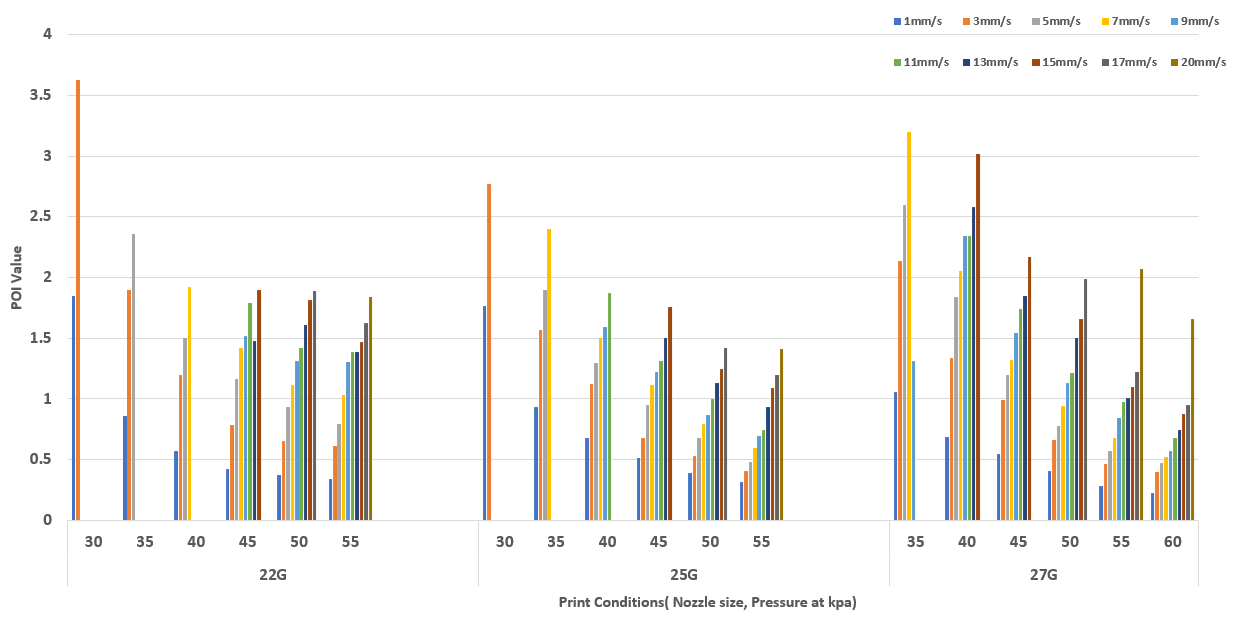
Figure 5. POI value of VitroINK RGD with 22G, 25G, 27G nozzle at different pressures and print speeds. The printing conditions give the highest POI value of different nozzles are 30 kpa at 3 mm/s for 22G, 45 kpa at 5 mm/s for 25G and 60 kpa at 15 mm/s for 27G. Under a fixed pressure, the faster print speed gives a higher POI value.


Figure 6. Adjusted printing conditions after mixing VitroINK with Cell culture medium. Mixing at 3:1 (A) or 10:1 (B) ratios by using VitroINK mixing kit. The line width increase after mixing. Adjust the printing speed from 3 to 7 or 5 mm/s can bring the line width down.
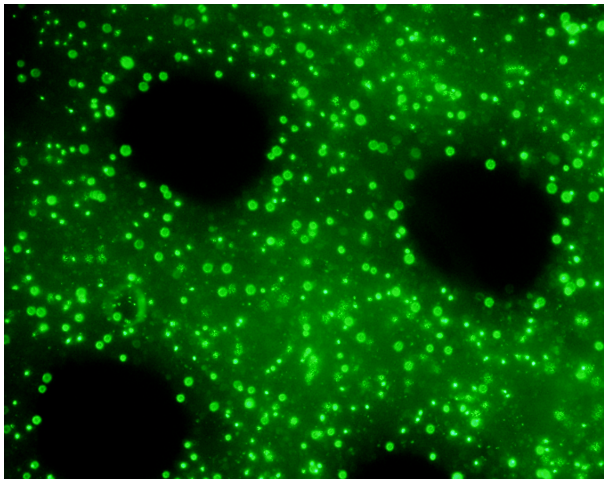
Figure 7. Patient-derived Non-Small Cell Lung Cancer (NSCLC) cells in VitroINK RGD. Over 90% cell viability after printing.
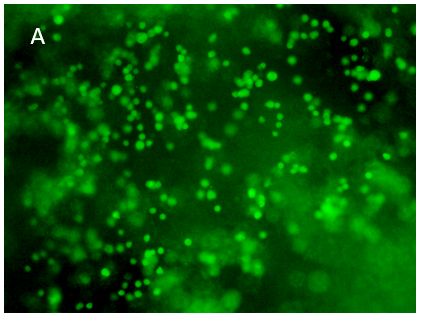
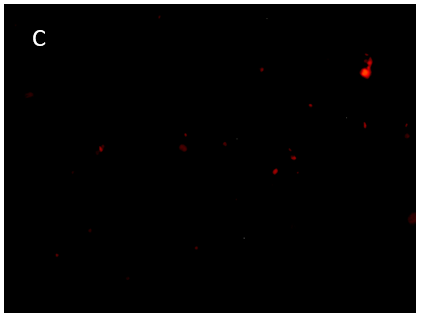
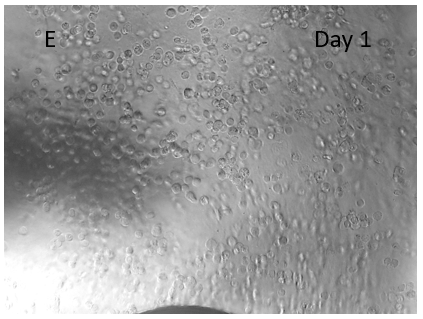
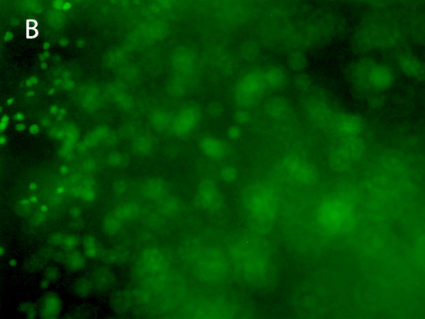
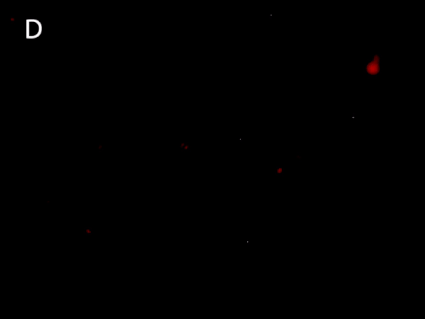
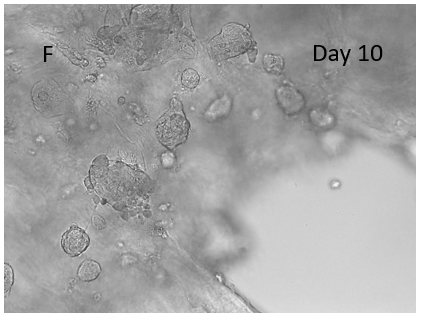
Figure 8. 3D printing of glioblastoma cell line (SNB 75) with VitroINK RGD (3:1 bioink: cells mixing). Live/dead assay was test right after printing. The images of A) and C) show over 90% cell viability after mixing and printing. B) and D) are 3D z-stack videos of live/dead cells. E) and F) Cells grow in VitroINK RGD on day 1 and day 10.
References/Publications
- Robinson, M., & Flannigan, R. (2023). MP01-03 XENO-FREE PEPTIDE-FUNCTIONALIZED BIOINKS IMPROVE EX VIVO CULTURE OF HUMAN TESTICULAR TISSUES. Journal of Urology, 209(Supplement 4), e1. https://doi.org/10.1097/JU.0000000000003212.03
- Thomasz Gapinski, Krzysztof Lenartowicz, Paulina Galas, Malgorzata Gonsior, Leonardo Ricotti, Lorenzo Vannozzi (2020). First tests of extrusion Process Using Arthroscopic 3D Bioprinting Handheld Tools Prototypes. Engineering of Biomaterials, 158 (220) 60. https://bibliotekanauki.pl/articles/1844936.pdf
- Gebeyehu, A., Surapaneni, S. K., Huang, J., Mondal, A., Wang, V. Z., Haruna, N. F., Bagde, A., Arthur, P., Kutlehria, S., Patel, N., Rishi, A. K., & Singh, M. (2021). Polysaccharide hydrogel based 3D printed tumor models for chemotherapeutic drug screening. Scientific Reports, 11(1), 372. https://doi.org/10.1038/s41598-020-79325-8
| Bioink Starter Kit Type | VitroINK 3D (3 mL) + Full Mixing Kit with Cell Mixer Dispenser, VitroINK RGD (3 mL) + Full Mixing Kit with Cell Mixer Dispenser, VitroINK COL (3 mL) + Full Mixing Kit with Cell Mixer Dispenser, VitroINK MMP (3 mL) + Full Mixing Kit with Cell Mixer Dispenser, VitroINK IKVAV (3 mL) + Full Mixing Kit with Cell Mixer Dispenser, VitroINK YIGSR (3 mL) + Full Mixing Kit with Cell Mixer Dispenser |
|---|


